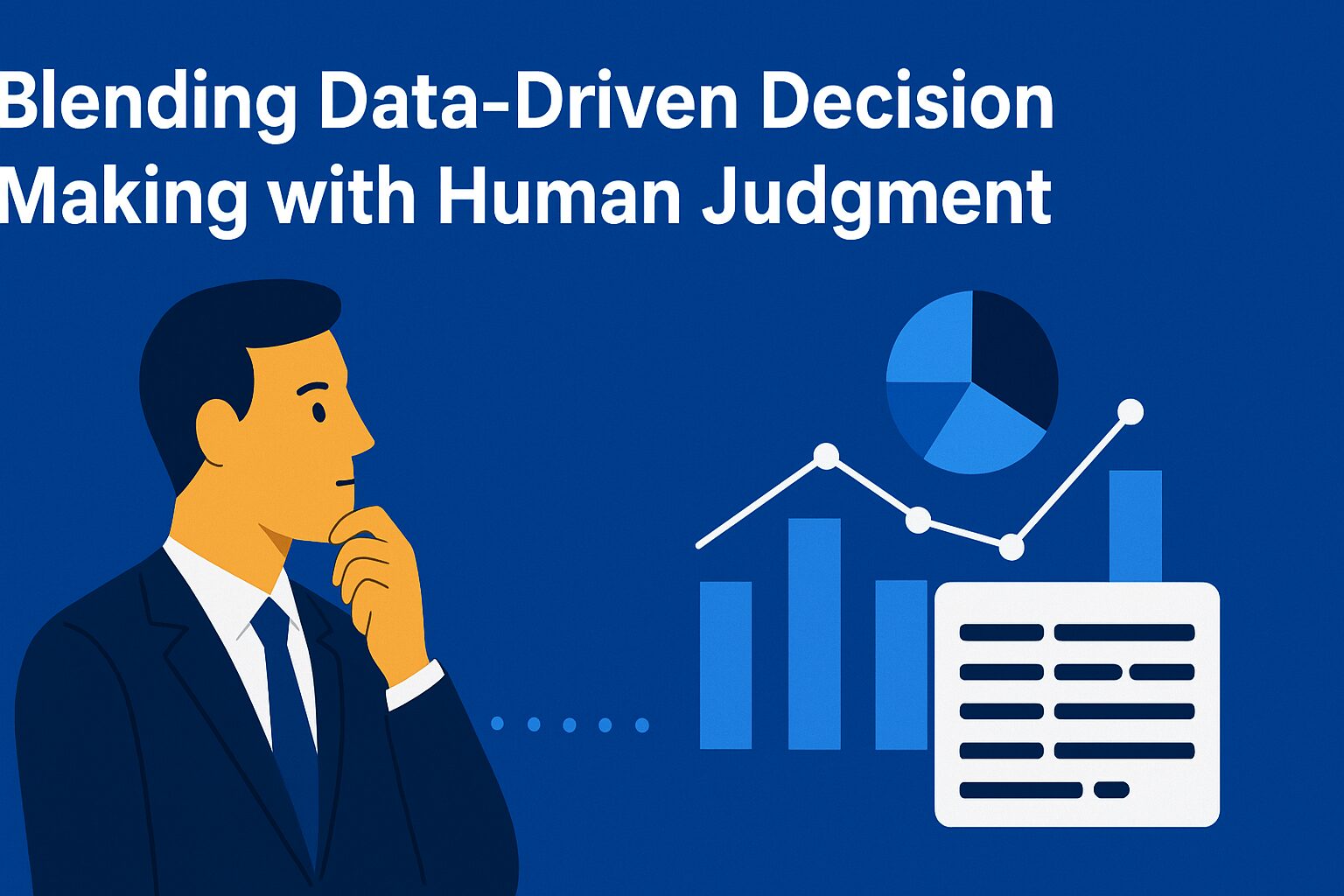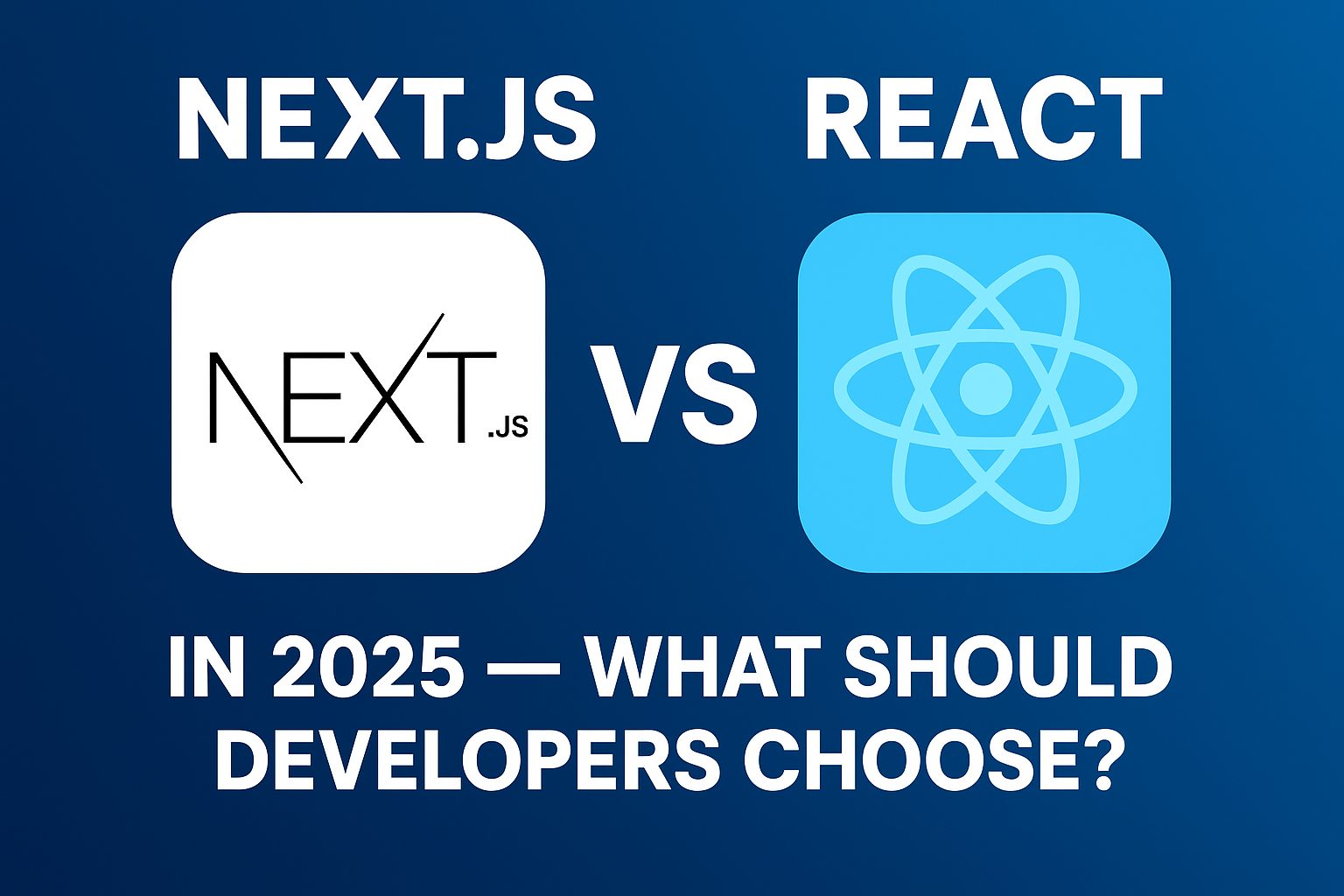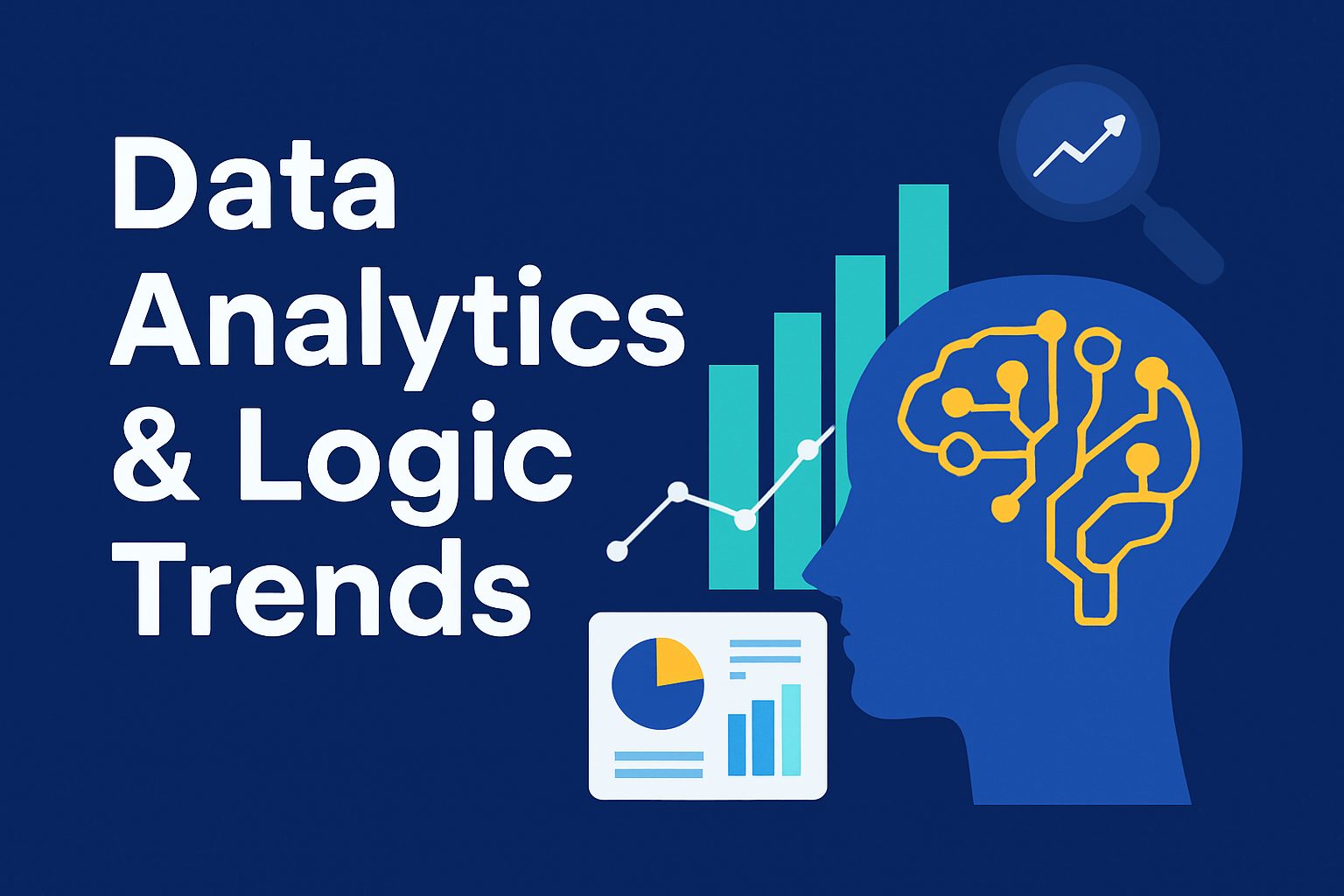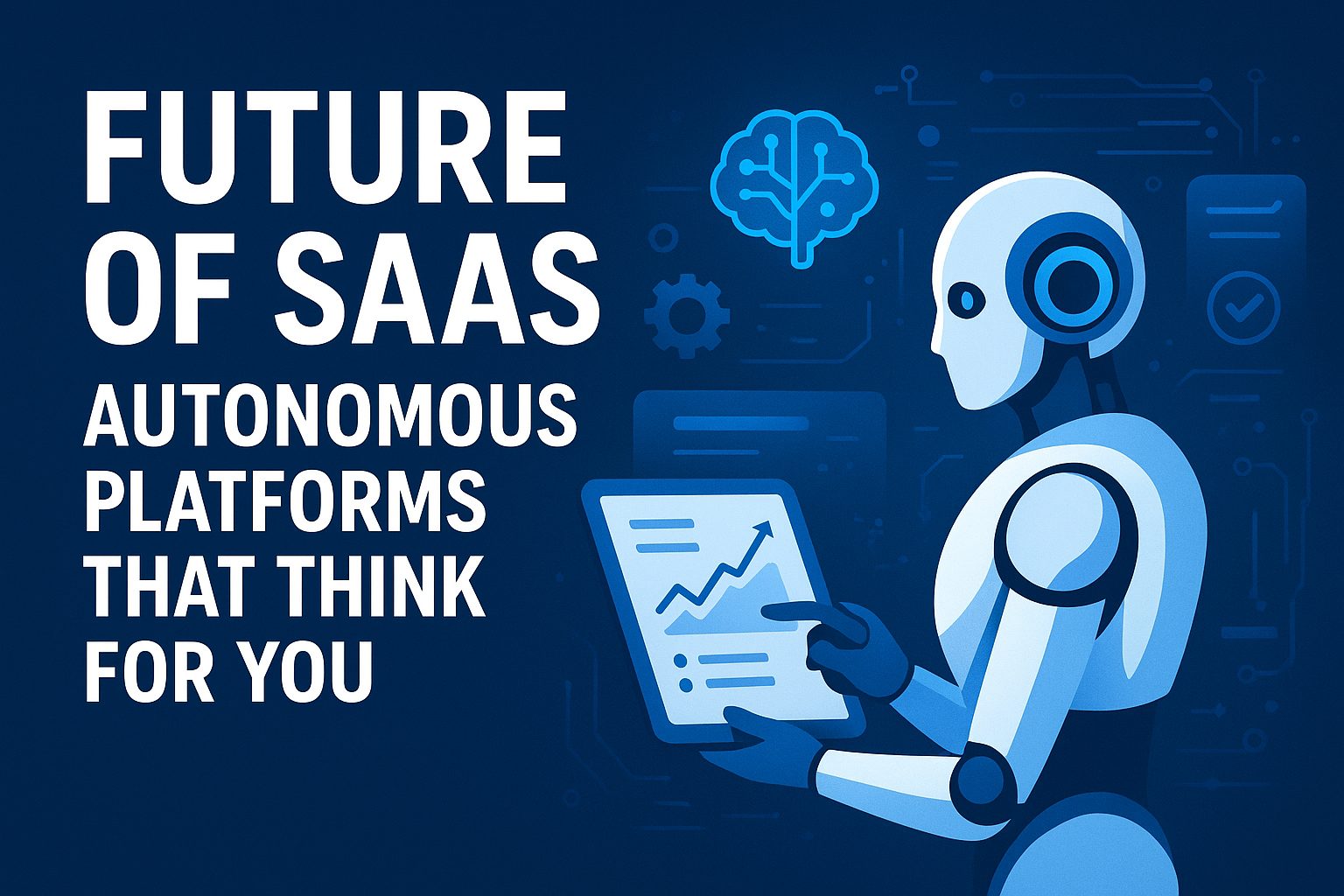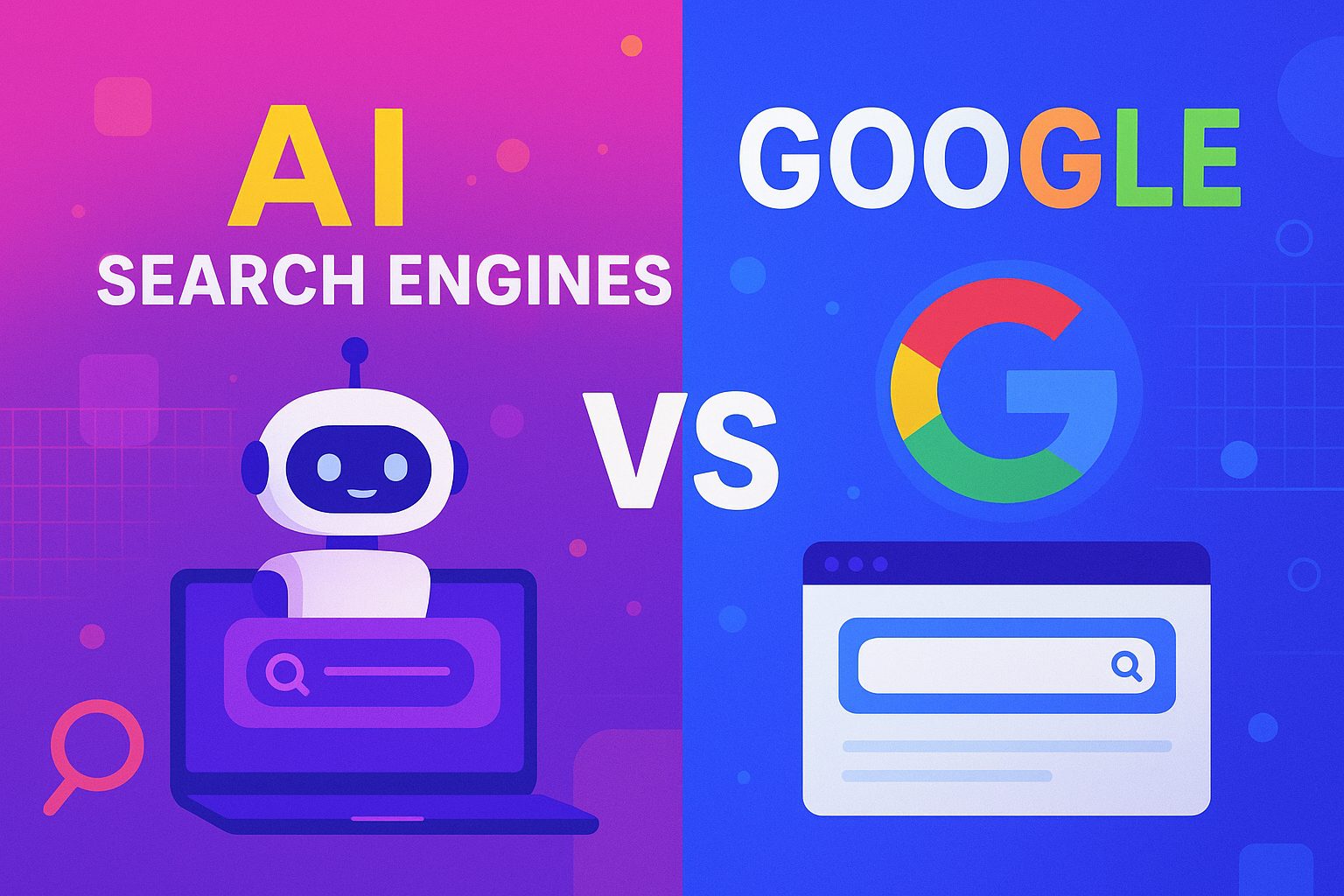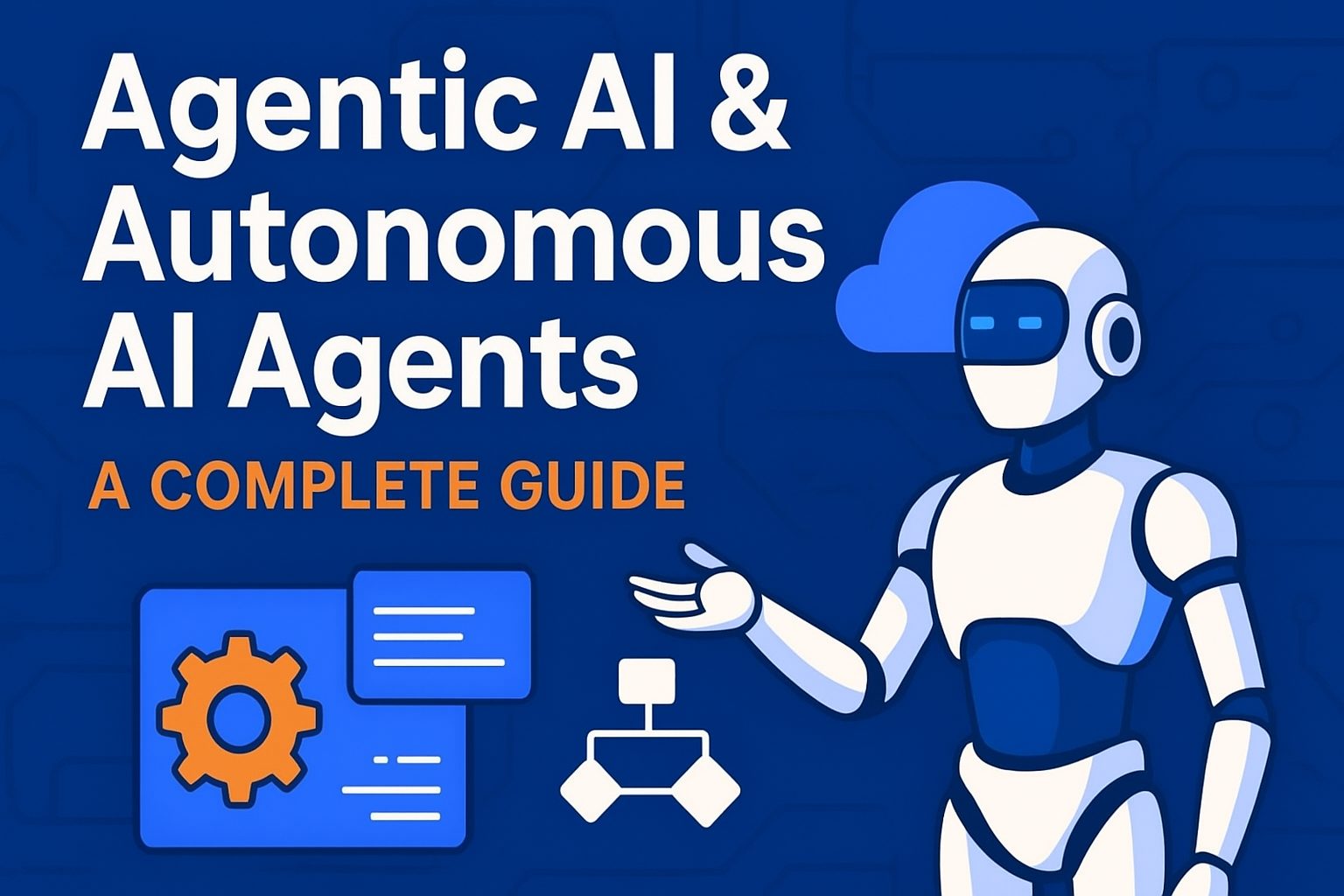In today’s digital age, businesses have access to more data than ever before. From customer behavior and market trends to internal performance metrics, data has become the foundation of decision-making. Yet, despite the power of analytics, one crucial element still remains irreplaceable — human judgment. The most successful organizations understand that while data provides clarity, human insight gives context. Blending the two creates a decision-making process that is both intelligent and adaptable.
The Power of Data-Driven Decision Making
Data-driven decision making (DDDM) has revolutionized how organizations operate. Companies now use data to identify opportunities, predict customer needs, and measure performance with incredible precision. The advantages of this approach are undeniable:
- Improved Accuracy – Data eliminates much of the guesswork involved in business decisions. Using historical trends and predictive analytics, organizations can make more informed and consistent choices.
- Efficiency and Speed – Automated tools and dashboards allow companies to analyze large volumes of data quickly. This enables faster responses to changing market conditions or customer demands.
- Transparency and Accountability – Data provides a factual basis for decisions, reducing bias and ensuring that results are measurable. It also helps align teams around clear objectives.
However, while data helps minimize errors, it doesn’t eliminate the complexities of real-world business environments. Numbers can guide you — but they don’t always tell the full story.
The Human Element: Judgment, Experience, and Intuition
Human judgment adds something data alone cannot — context, empathy, and creativity. While analytics can show what is happening, people can better interpret why it’s happening. Decision-makers often rely on experience to recognize patterns that numbers might not capture.
For instance, a marketing campaign may show declining performance metrics. The data might suggest cutting it off immediately. Yet, a marketing manager’s intuition — shaped by experience — might recognize that it’s simply a seasonal dip or a delayed response pattern.
Human judgment also plays a crucial role in ethical and strategic decisions. Data might recommend the most profitable route, but leaders must evaluate how those decisions align with company values, brand image, and long-term relationships.
In short, data explains the facts; humans provide the meaning.
Why Purely Data-Driven Decisions Can Fall Short
Relying solely on data has its risks. Even with advanced analytics tools, data can be incomplete, biased, or misinterpreted. Algorithms depend on the quality of input — if the data is flawed, so are the conclusions.
Moreover, overemphasizing data can lead to “analysis paralysis,” where decision-makers hesitate to act without sufficient quantitative proof. This slows innovation and discourages creative thinking.
Additionally, data rarely accounts for emotional or cultural nuances. Businesses that ignore the human side of decision-making risk alienating employees or customers. For example, a cost-optimization algorithm might suggest downsizing a team, but human insight might recognize the potential damage to morale or brand perception.
Striking the Perfect Balance
The best business leaders know that data and human judgment are not opposites — they’re partners. The challenge is to find a balance where each strengthens the other.
Here’s how organizations can achieve this equilibrium:
- Use Data as a Foundation, Not a Final Answer
Data should inform decisions, not dictate them. Encourage teams to use analytics as a starting point, then validate insights through experience, customer feedback, and critical thinking. - Foster Collaboration Between Analysts and Decision-Makers
Data scientists and business leaders should work hand in hand. Analysts provide insights; leaders provide context. Together, they can interpret results more effectively and translate numbers into action. - Encourage Critical Thinking and Creativity
Encourage employees to question data, challenge assumptions, and explore alternative scenarios. This ensures decisions are both evidence-based and forward-thinking. - Integrate Emotional Intelligence
Emotional intelligence allows leaders to understand the human impact behind data-driven choices. Balancing analytics with empathy ensures that decisions benefit both the business and its people. - Leverage Technology Wisely
AI and machine learning can uncover patterns humans might miss. However, these tools should complement — not replace — human oversight. Always have a review layer where people interpret the “why” behind the data.
Real-World Examples of Balance in Action
- Netflix uses data analytics to understand viewer preferences but relies on human creativity for storytelling and production decisions.
- Amazon leverages predictive algorithms to optimize logistics, yet human managers make judgment calls during unforeseen events like supply chain disruptions.
- Airlines analyze historical flight data for pricing strategies, but experienced pilots and operators make real-time decisions based on weather and passenger needs.
These examples show that successful organizations don’t choose between data and intuition — they combine both for maximum impact.
The Future: Augmented Decision Making
As AI and big data continue to evolve, the concept of augmented decision-making is gaining traction. This approach enhances human capability through intelligent systems that provide deeper insights, while leaving final judgment to humans.
In this future, business leaders won’t just be data consumers — they’ll be data collaborators. They’ll use technology to extend their understanding, not replace it.
Conclusion
Blending data-driven decision making with human judgment is not about choosing sides — it’s about creating synergy. Data provides clarity, but human judgment brings wisdom. The combination ensures that business decisions are not only smart but also empathetic, adaptable, and strategically sound.
As organizations continue to evolve, those that embrace this balance will gain a competitive edge — leading with both the power of data and the wisdom of experience.

